青苗讲堂 |
您所在的位置:网站首页 › ib和pyp的关系 › 青苗讲堂 |
青苗讲堂
|
由衷希望我们的所有努力对您有所帮助! 5 我们如何评估教学的效果? 评估是所有教学与学习不可分割的一部分。PYP项目的评估方式认为过程和结果同样重要,并试图将两者结合为一个整体,并给予同样的支持。换句话说,PYP的评估坚决的避免了“一考定终身“的传统评估模式,不会单纯站在特定的一个结果上对教学和学习进行一个结论性的评价。比起结果,它同时提供整个学期的探究细节纪录和反馈,重视对过程的观察。PYP课程框架的评估部分由3个关系密切的分支构成: 1. 评估-我们如何了解学生知道并学会了什么 2. 纪录-我们选择如何收集和分析评估数据 3. 报告-我们选择如何传达评估信息
1. 评估-我们如何了解学生知道并学会了什么 在教学的过程中,既要评估学生已有的知识和经验,也要跟踪在教学过程中学生取得的成绩,这样一来,教师们才能相应的计划和完善教学。PYP的评估有两种类型,每一种类型有它自己特定的功能: 形成性评估:它见于日常的学习过程,帮助师生找出已经学到了什么?有能力做什么?形成性评估已在通过定期的、经常性的信息反馈来促进学习。 总结性评估:是在教学与学习教程的尾声,使学生有机会展示自己所学到的东西。总结性评估旨在使教师和学生都能够清楚的了解到学生的理解程度。
2. 记录- 我们选择如何收集和分析评估数据 评估策略与评估工具构成了综合全面的评估方法的基础,并代表学校回答了“我们如何评估教学的效果?”这个问题。评估策略是教师收集有关学生学习信息时所用的方式方法。在这种方法的指导下,使用多种多样的评估工具纪录这方面的信息。 评估策略:已被确认在评估过程中起着核心作用,它们涵盖了如下多种方法,从比较主观、直觉的方法得到更加客观、科学的方法。这些方法被视为一个整体,为平衡地反映学生情况提供了多种评估方法。
评估工具:评估策略将通过如下评估工具得以实施。
3. 报告-我们选择如何传达评估信息 报告评估的结果就是传达学生知道什么、理解了什么以及有能力做什么。评估报告要描述学生学习的进步,指出需要改进之处,并有助于改进小学项目的功效。报告可能是学校评估政策最公开的一个方面了,因此要认真加以考虑,以确保为家长提供有用的、清晰的信息。报告可以采取多种形式,包括会议报告和书面报告。 会议报告:PYP会议的目的是教师、学生和家长三方分享信息。会议的形式包括:教师与学生的会议、教师与家长的会议、由学生主导的会议和三方(教师、学生和家长)的会议。 书面报告:作为学生进步的总结性纪录,报告应明确阐述学生的优点、弱点以及学生(通过自我评估)如何参与评估工作并做出的贡献,这将非常有助于学生未来的发展。
6 PYP学习成果展 提到评估,就必须要提到PYP学习成果展 -- 这一终结性的评估活动。 在PYP的最后一年,在教师的指导下,每个10至12岁的学生都要参加一项结业性质的探究活动——小学项目学习成果展。学校成果展是一项超学科的探究,以发挥个人精神和分担责任的方式开展,它也是一项庆祝学生从小学项目升入中学教育的总结性评估活动。 学习成果展要求学生们按照学校自行确定的任何超学科主题开展超学科探究过程,在该过程中学生们要找出一些实际生活中的问题,对这些问题展开调查并提出解决方案。 小学项目学习成果展有如下主要目的: 让学生参与一项协作开展的、有深度的探究活动; 为学生提供显示他们独立性和对自己的学习负责的机会; 为学生提供探索多种观点的机会; 使学生对前些年学到的东西加以综合和应用,并对自己小学经历进行反思; 为评估学生的理解提供一个真实可靠的过程; 作为学习的结果,展示学生如何采取行动; 使学生、教师、家长和学校社区中的其他成员协作开展一项包含了小学项目5大要素的活动; 庆祝学生们由初等教育向中高等教育过渡。 感谢您对PYP的持续关注,如果您认可PYP的教育理念和课程体系,请您积极与我们联系,欢迎您随时来到我们的校园,在真实的社区文化里,感受最纯正的PYP教育教育真谛! 特别感谢青苗阳光上东校区PYP协调员 Annie Chew女士对本次文稿的指导和帮助!
青 苗 欢迎您!
Now we would like to walk you through the last two topics of understanding IB PYP which are IB assessment and PYP exhibition. 5. IB Assessment IB believes that “assessment is integral to all teaching and learning” and “it is central to the PYP goal of thoughtfully and effectively guiding students through the five essential elements of learning: acquisition of knowledge, understanding of concepts, mastering of skills, development of attitudes and decision to take action.” The prime objective of assessment in the PYP is to provide feedback on the learning process.(Making the PYP happen, 2009,P44 ).
IB assessment values and supports equally the learning process and learning outcomes and intends to integrate them seamlessly as a whole. Compared with traditional types of education, it does not rely on scores of one single or one-dimensional key test to evaluate the performance of the students. It instead emphasizes on using continuous assessment to evaluate and provide observation and reflection of development of students in all aspects of learning throughout the school terms.
The assessment component in the school’s curriculum is divided into the following three closely related areas(Making the PYP happen, 2009,P45 ): • Assessing—how we discover what the students know and have learned. • Recording—how we choose to collect and analyze data. • Reporting—how we choose to communicate information.
1. Assessing—how we discover what the students know and have learned. There are two types of assessment used in PYP or IB as a whole which are Formative Assessment and Summative Assessment. * Formative Assessment monitors student learning to provide ongoing feedback to both the instructors to improve their teaching and the students to improve their learning. Examples include asking students to draw a concept map in class to represent their understanding of a topic or to submit a PowerPoint presentation about an ancient figure in a Chinese classic literature. * Summative Assessment evaluates students’ learning outcomes at the end of an instructional unit by comparing it against some standard or benchmark. It usually takes the forms of a midterm exam, a paper or delivery of a project.
2. Recording— how we choose to collect and analyze data. IB uses a comprehensive approach to assessment which includes assessment strategies and tools. The schools would thus be able to answer the question “How will we know what we have learned?”
Assessment Tools:
3. Reporting—how we choose to communicate information. Reporting on assessment informs students and parents what the students know, understand and can do and the areas for growthfor the students. Reporting at BIBS mainly involves the forms of conferences and written reports.(Making the PYP happen, 2009,P51 ). * Conferences are opportunities for teachers to share information with students and parents. At BIBS, we see conferences conducted between Teacher–student, Teacher–parent(s), or Three-way or simply Student-led. * Written Reportsserve as summative records for students, parents and the school itself of how students progressed though their school learning.
6. PYP Exhibition In the final year of the PYP students, which occurs in some schools at 10–11 years old and at BIBS at 11–12 years old, students participate the PYP exhibition which is a culminationof PYP and a celebration of learning. Student would embrace the ultimate transdisciplinary inquiry at the PYP stage in the spirit of personal and shared responsibility, as well as a summative assessment activity that is a celebration as students move from the PYP into the middle years of schooling (MYP). (Making the PYP happen, 2009,P53 ).
The IB PYP exhibition intends to achieve the following key purposes (Making the PYP happen, 2009,P44 ): • For students to engage in an in-depth, collaborative inquiry. • To provide students with an opportunity to demonstrate independence and responsibility for their own learning. • To provide students with an opportunity to explore multiple perspectives. • For students to synthesize and apply their learning of previous years, and to reflect on their journey through the PYP. • To provide an authentic process for assessing student understanding. • To demonstrate how students can take action as a result of their learning. • To unite the students, teachers, parents and other members of the school community in a collaborative experience that incorporates the essential elements of the PYP. • To celebrate the transition of learners from primary to middle/secondary education.
We thank you for continuous interest in IB and BIBS. We encourage you to set up a school visit with us to experience in person the uniqueness of an IB PYP education. We are also incredibly indebted to Ms.Annie Chew, PYP Coordinator at our UES Campus, for her gracious time and kind support in helping us to shape this IB PYP wechat series for the community.
|
【本文地址】
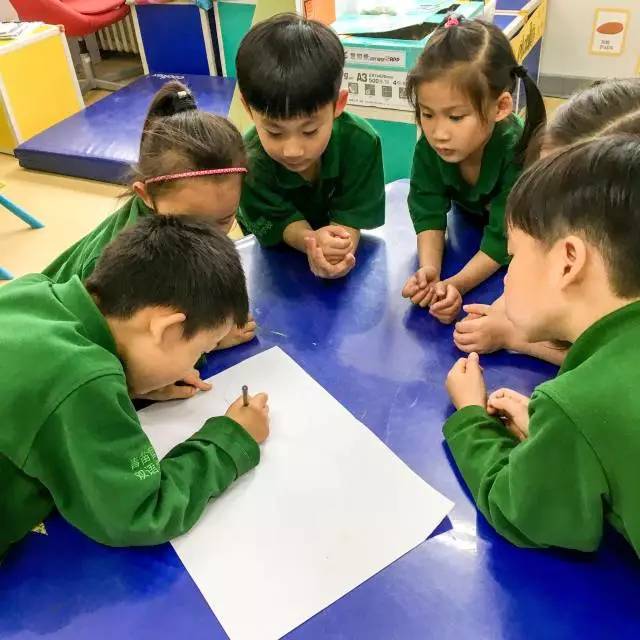

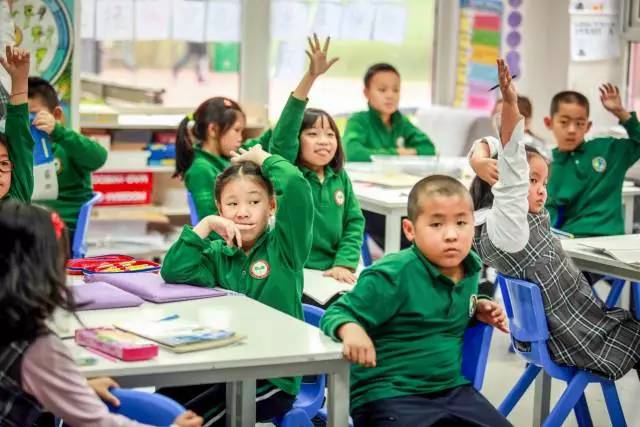




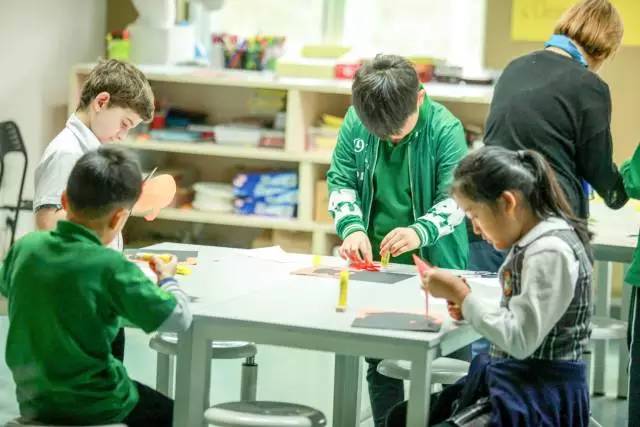
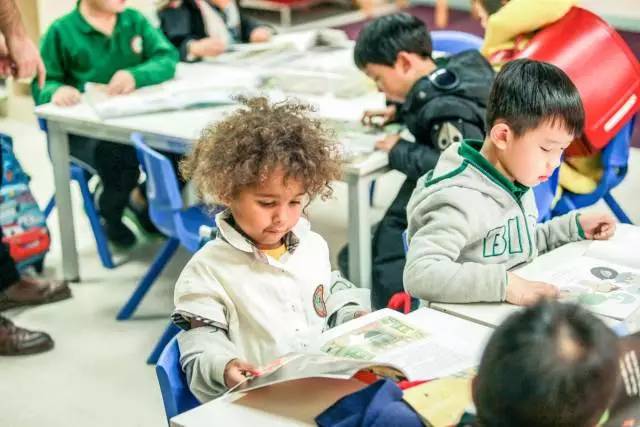
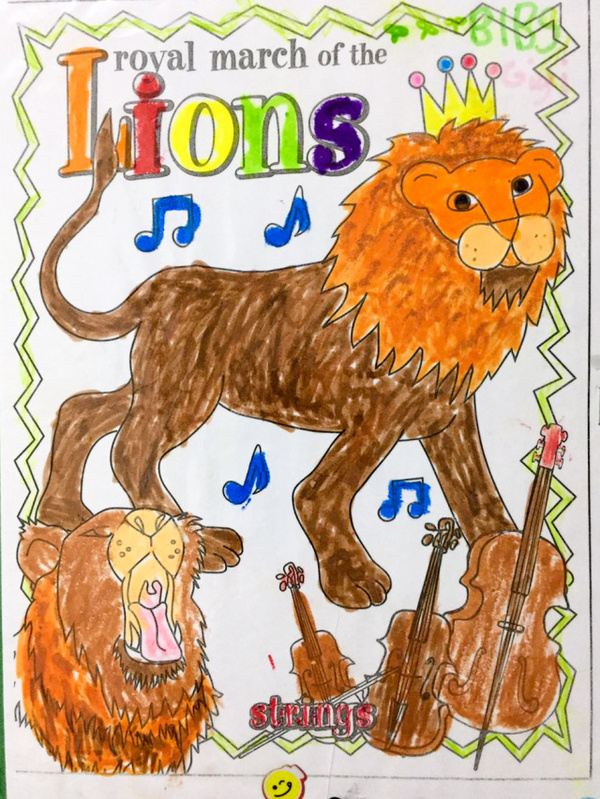

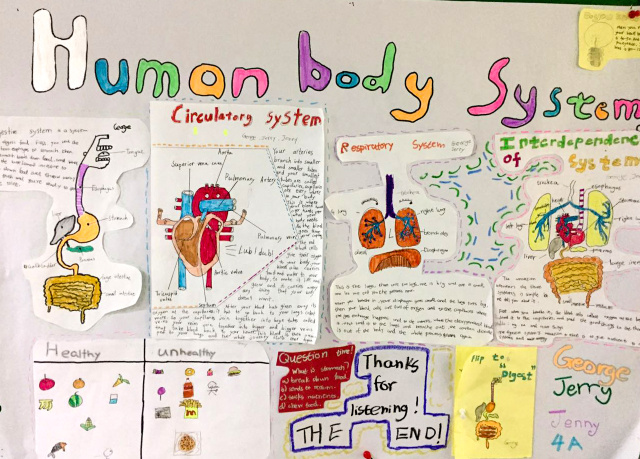
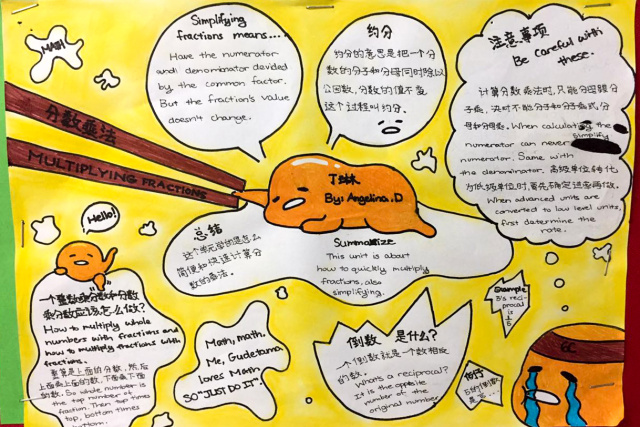
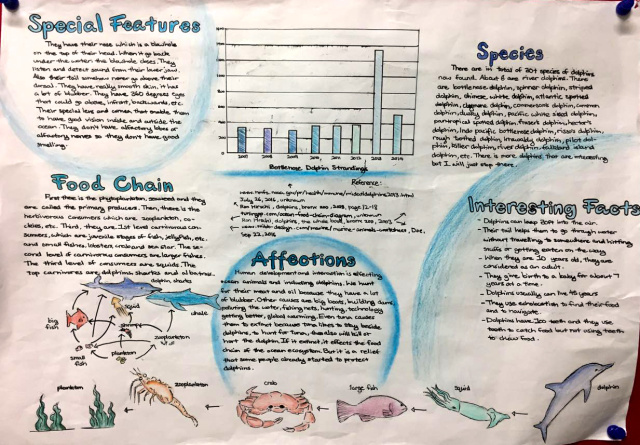
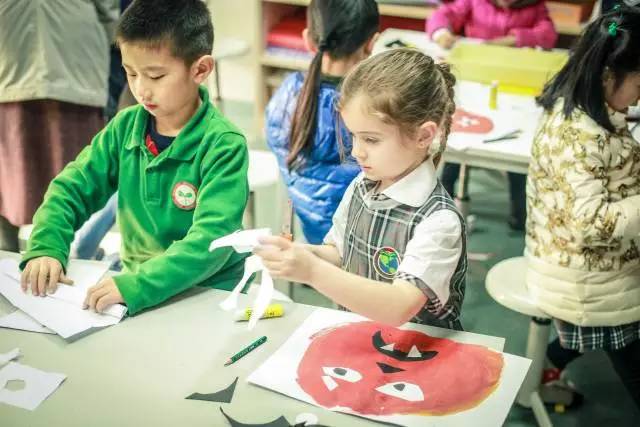
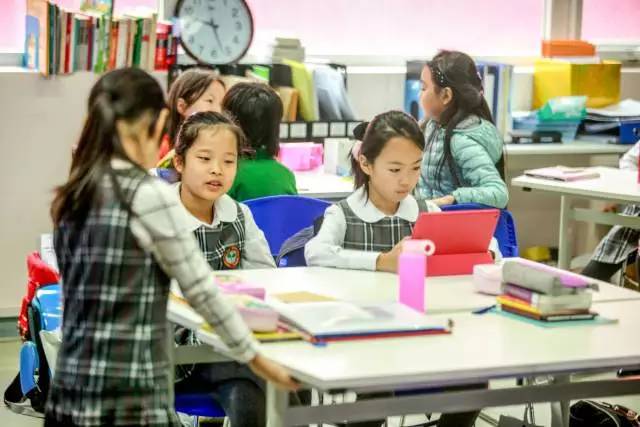
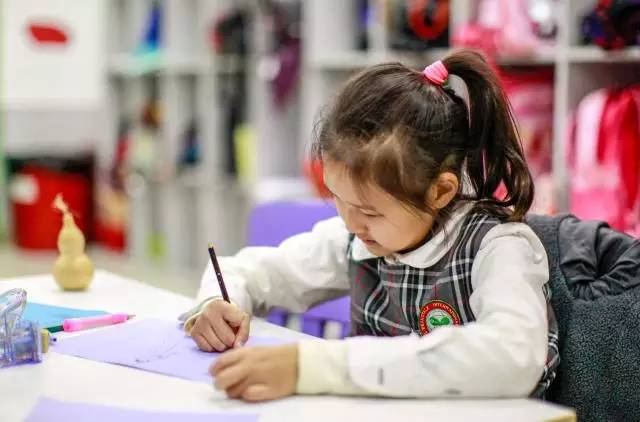
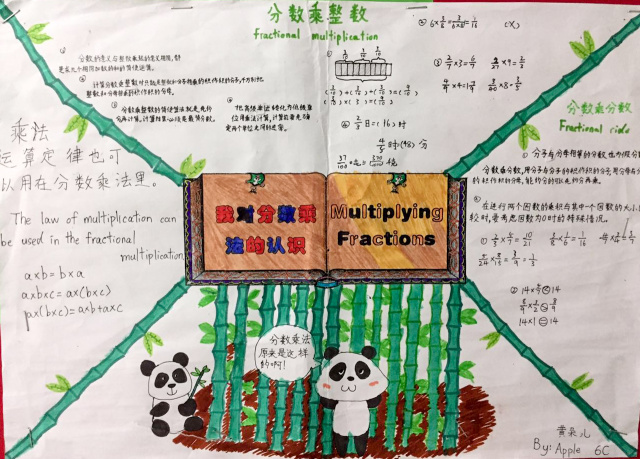
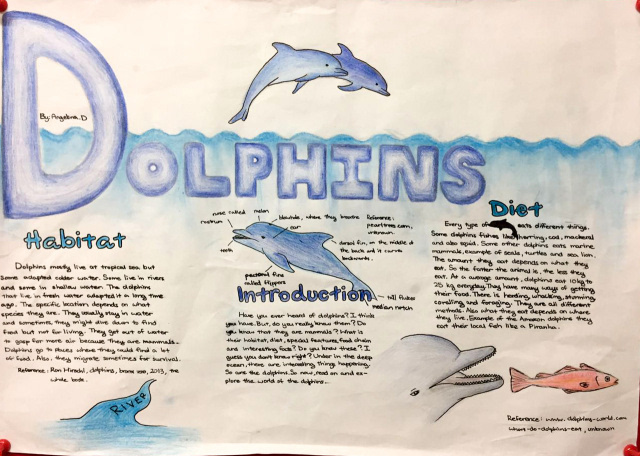

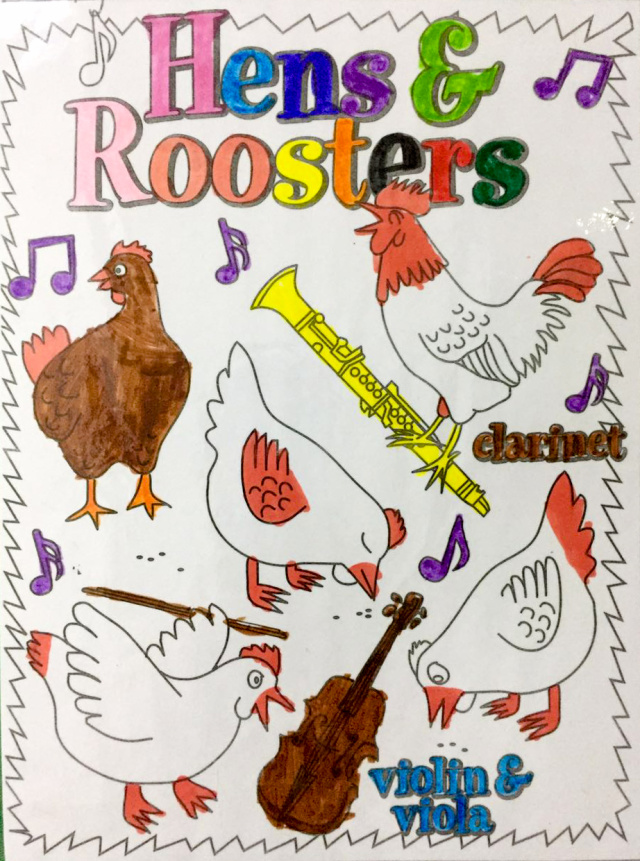
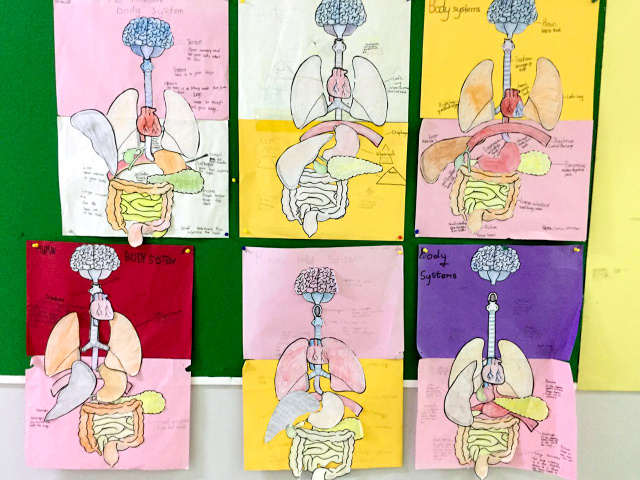
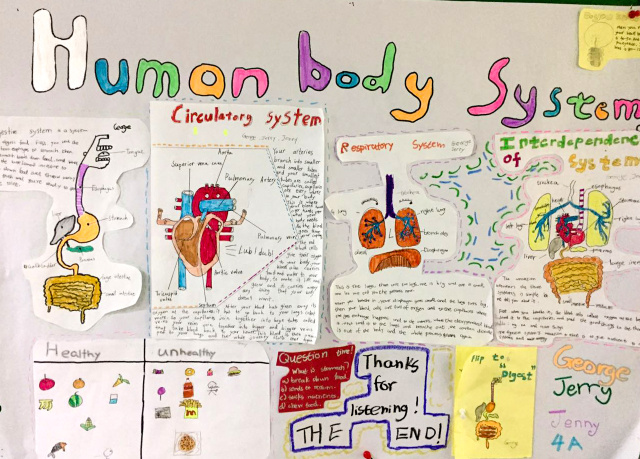
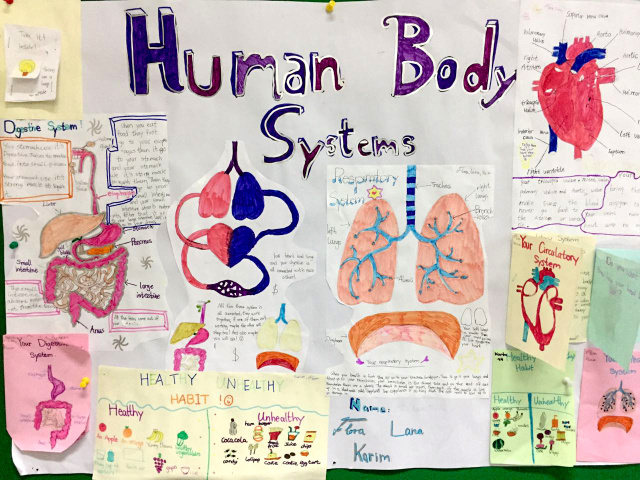
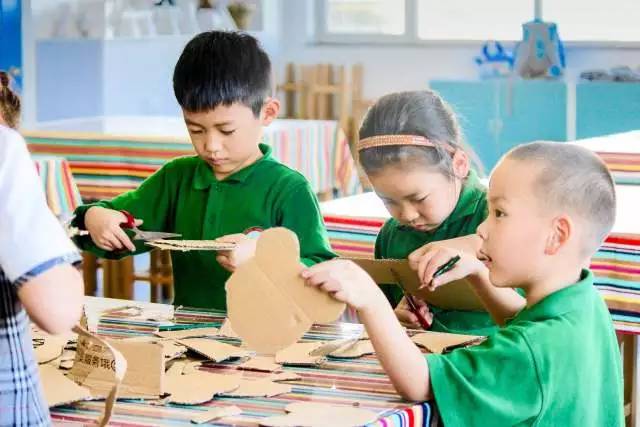
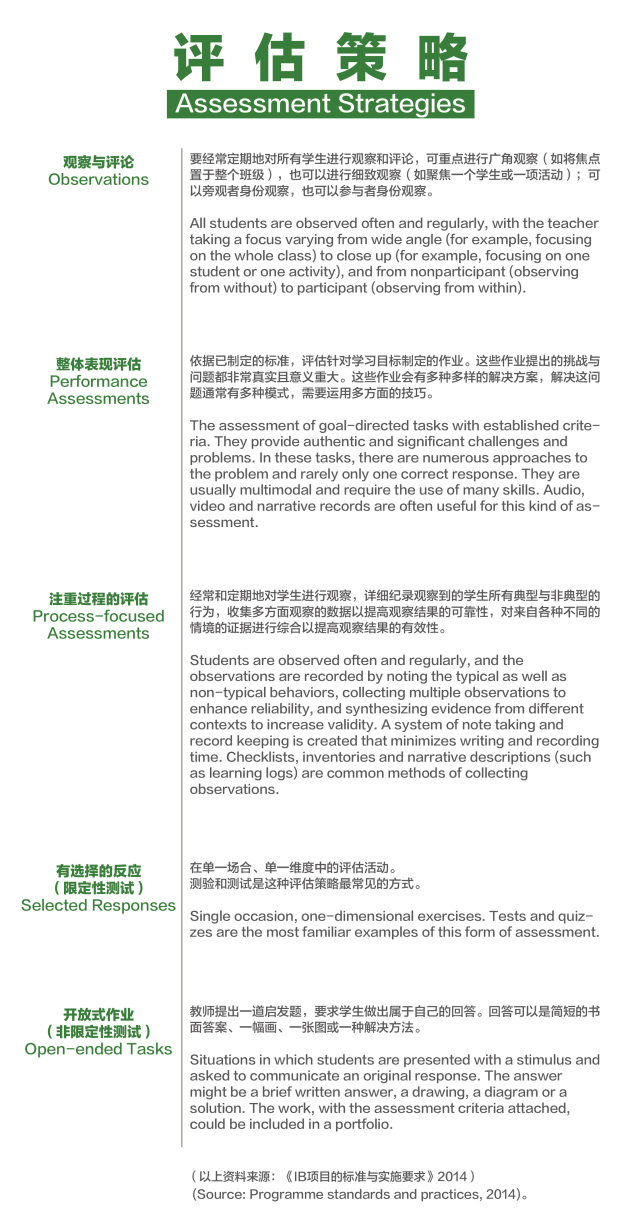
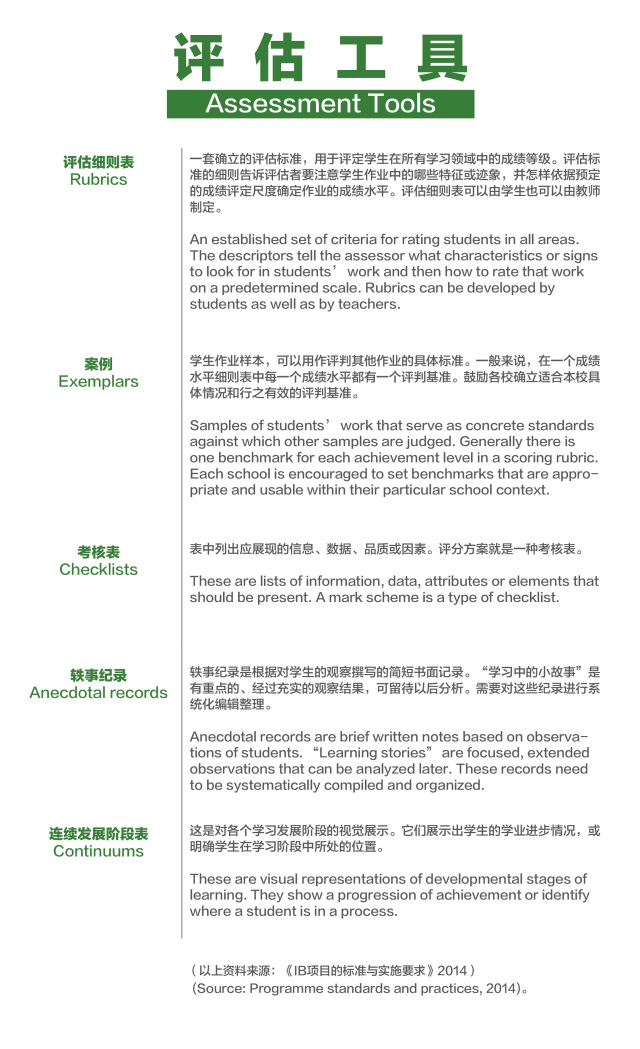

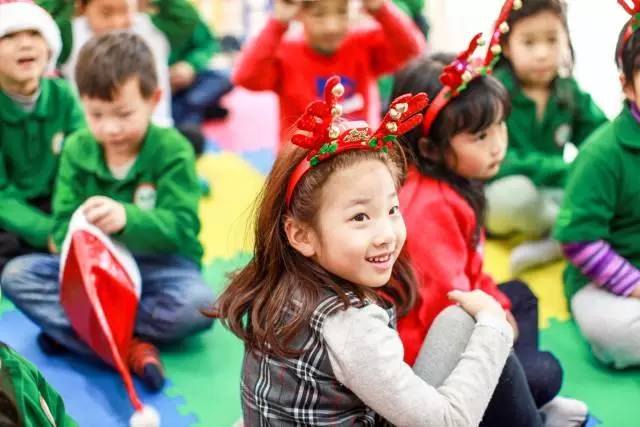
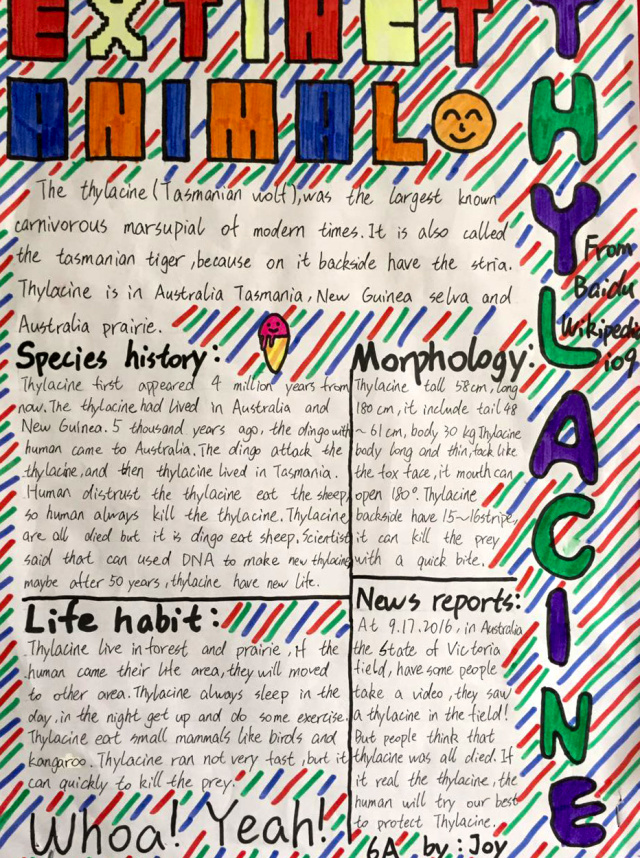
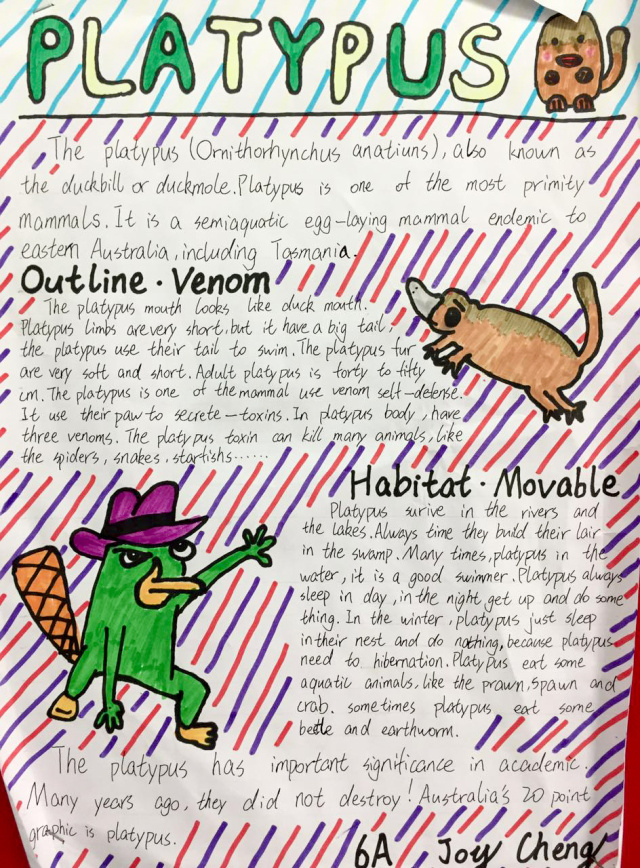

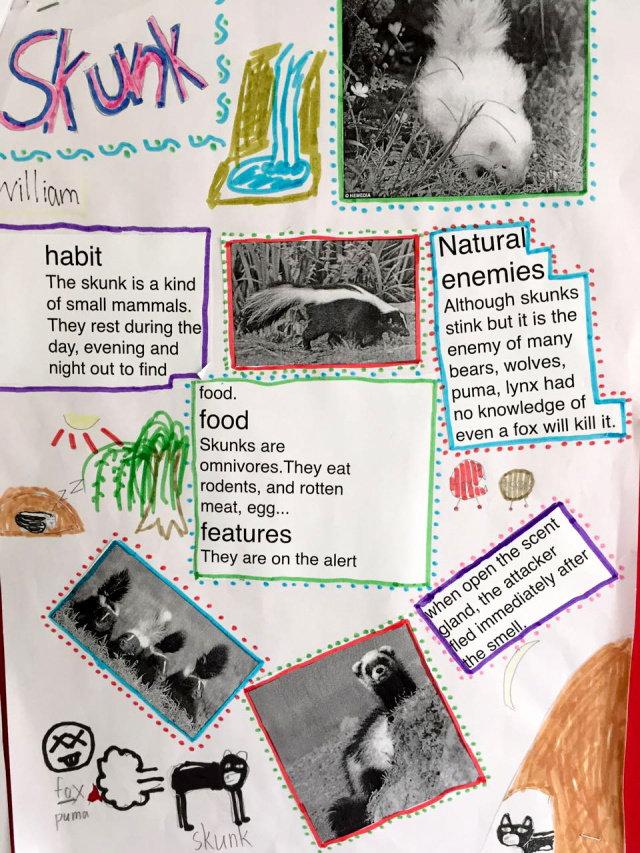
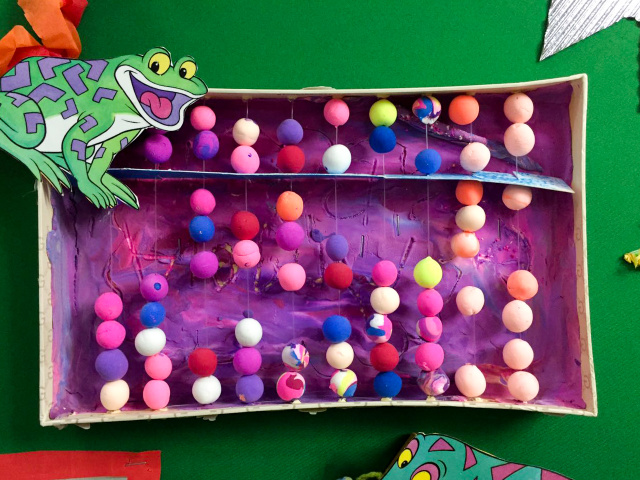

 返回搜狐,查看更多
返回搜狐,查看更多